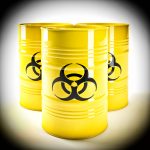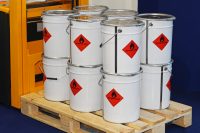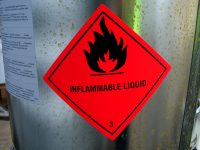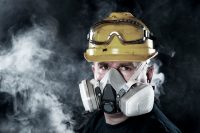Increase Your Training Effectiveness with Multiple Training Delivery Methods
There are advantages and disadvantages to various training delivery methods and formats (e.g., classroom, computer-based, hands-on training). Given the multitude of training requirements a company must address, it is best to have available various training delivery methods and tools, rather than rely on a “one-method-fits-all” program. The flexibility of mixing and matching training program components […]










